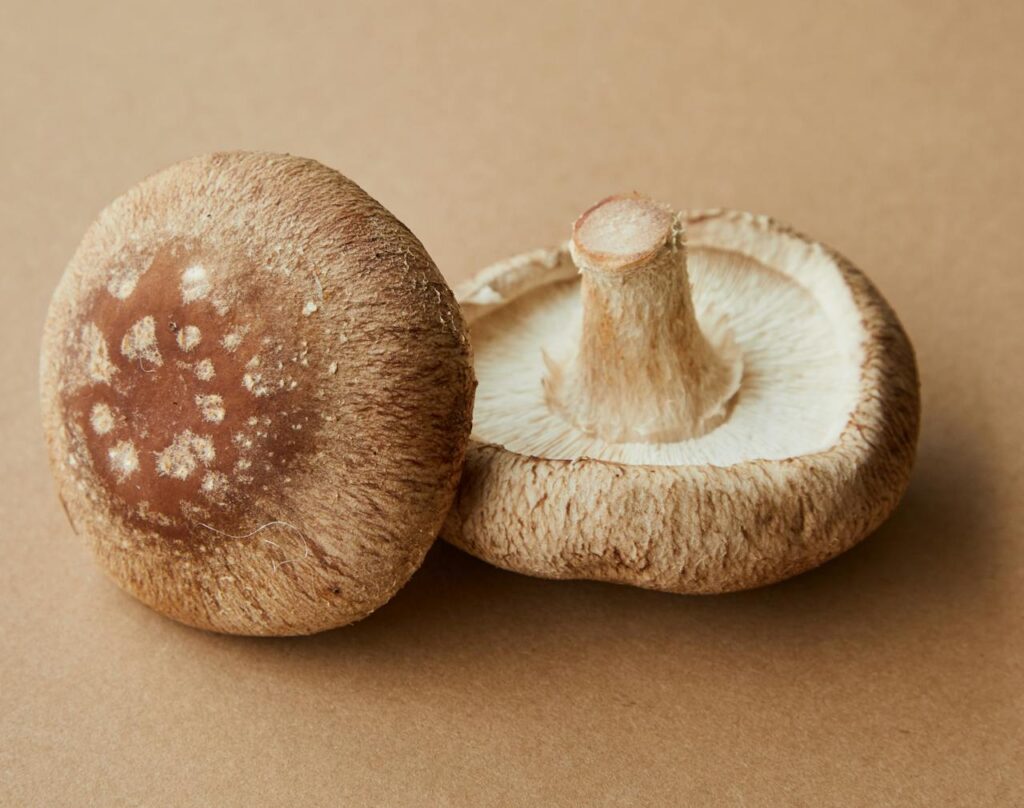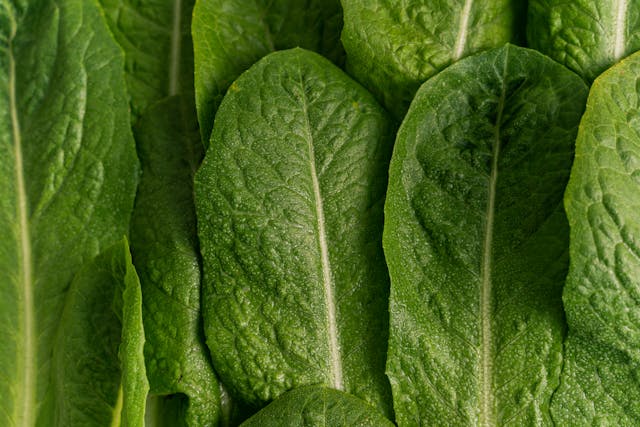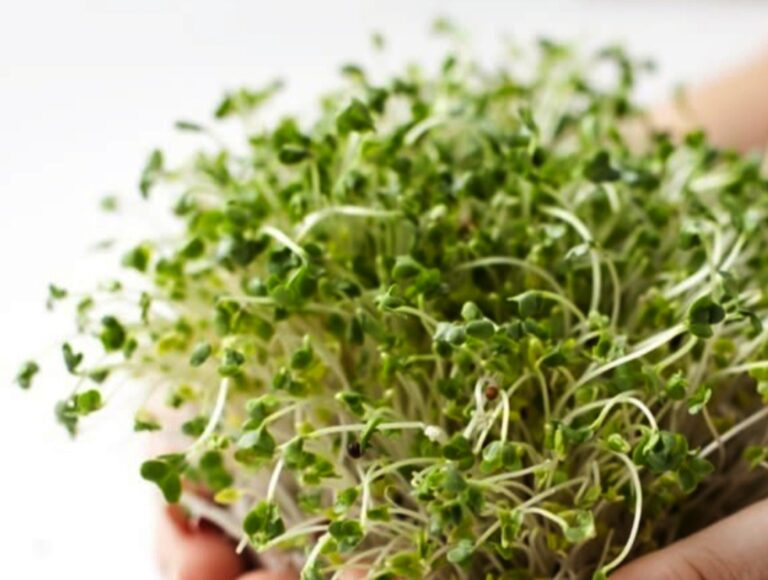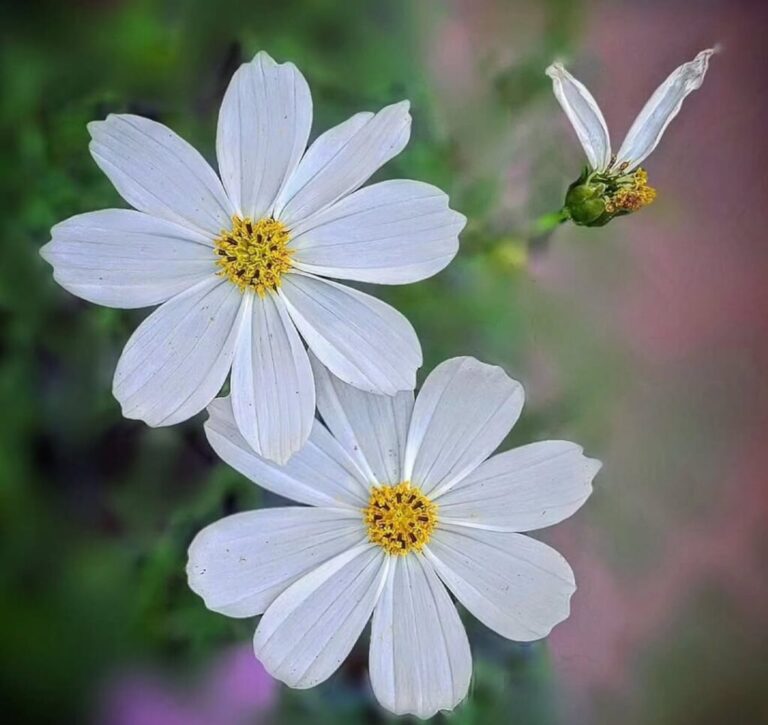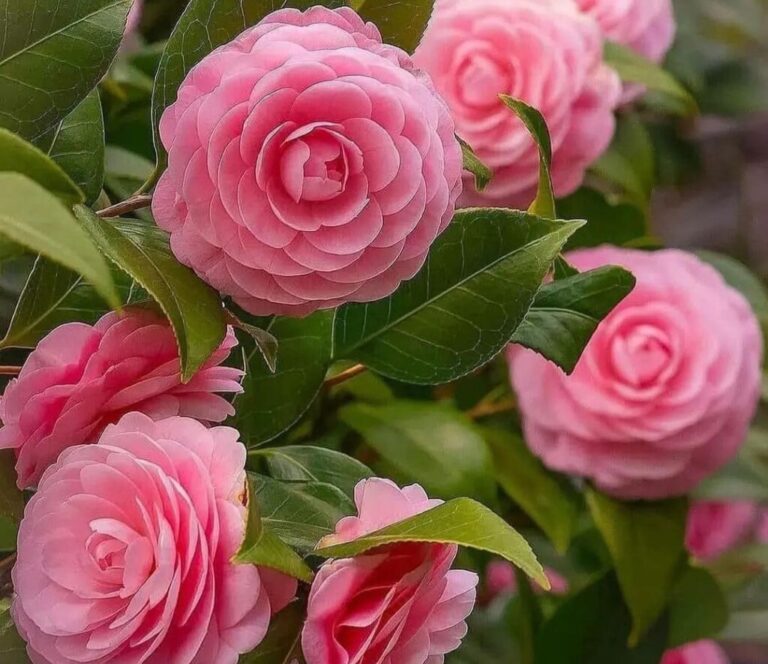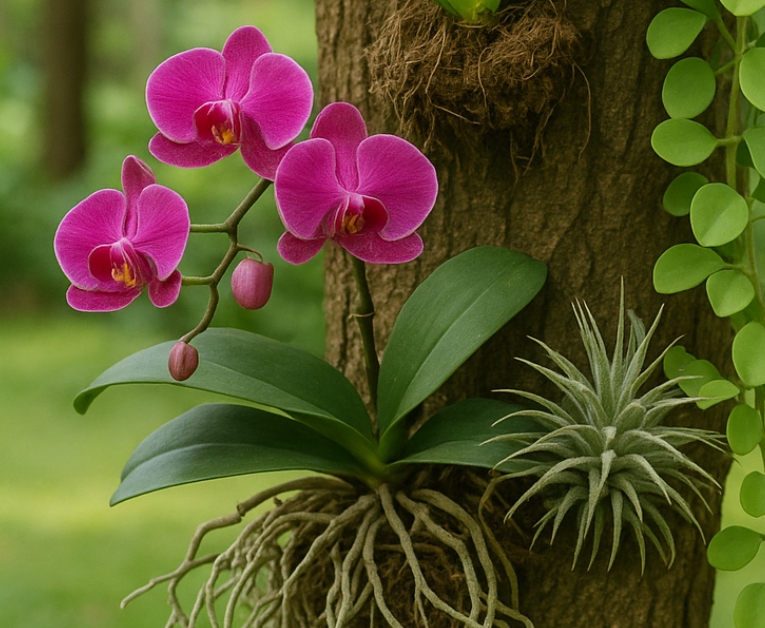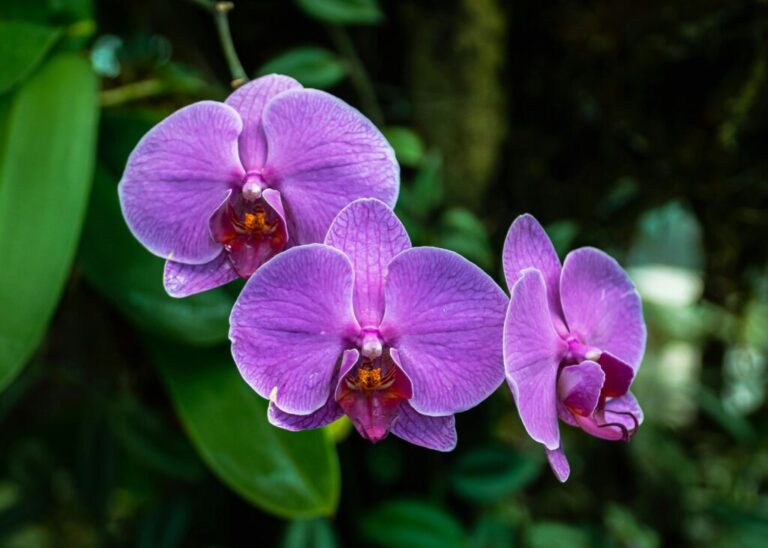- 1 Understanding Different Types of Edible Mushrooms for Home Growing
- 2 Essential Equipment and Supplies for Growing Mushrooms
- 3 Creating the Perfect Growing Environment
- 4 Selecting and Preparing Your Mushroom Growing Medium
- 5 The Complete Guide to Home Mushroom Growing
- 6 Common Challenges in Home Mushroom Cultivation
- 7 Storing and Preserving Your Homegrown Mushrooms
- 8 Safety Considerations and Best Practices
- 9 Conclusion: Starting Your Mushroom Growing Journey
- 10 FAQ
Growing mushrooms at home is an exciting and rewarding hobby that anyone can try, regardless of gardening experience. Unlike traditional plants that require sunlight, mushrooms thrive in dark, humid environments, making them perfect for indoor cultivation. Whether you have a basement, a closet, or even a small corner in your kitchen, you can create the ideal conditions to grow fresh, organic mushrooms right at home.
Why grow your own mushrooms? First, they are incredibly nutritious, packed with essential vitamins, minerals, and antioxidants. Homegrown mushrooms are free from pesticides and chemicals, ensuring you get the healthiest and freshest produce possible. Plus, they are cost-effective! Instead of buying expensive mushrooms from the store, you can cultivate a continuous supply with minimal investment.
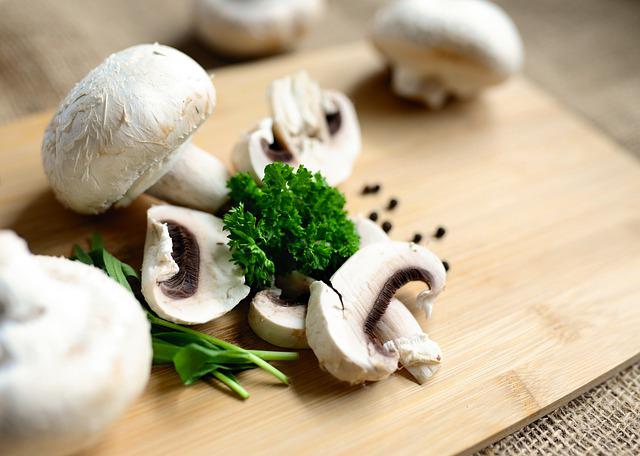
Another great benefit is the variety of mushrooms you can grow. While grocery stores mostly offer button mushrooms, home growers have the opportunity to cultivate gourmet varieties like oyster, shiitake, and lion’s mane—each with its unique taste, texture, and health benefits. Best of all, mushrooms grow relatively quickly compared to other crops, with some varieties ready to harvest in just a few weeks!
Many people hesitate to grow mushrooms because they believe the process is complicated, but the truth is, it’s easier than you think. The key to success lies in understanding the mushroom life cycle, selecting the right growing medium (such as straw, sawdust, or coffee grounds), and maintaining proper temperature and humidity levels. Once you master these basics, you can enjoy a steady harvest of delicious mushrooms year-round.
In this comprehensive guide, we’ll take you through every step of home mushroom cultivation. You’ll learn about the different types of mushrooms suitable for home growing, essential supplies you’ll need, how to prepare the perfect growing environment, and tips to avoid common mistakes like contamination. By the end of this guide, you’ll have all the knowledge you need to grow your own mushrooms with confidence.
So, whether you’re looking to grow mushrooms as a fun hobby, to enhance your culinary skills, or even as a small business venture, this guide will help you get started on the right path. Let’s dive into the fascinating world of mushroom cultivation and learn how to grow fresh, flavourful mushrooms at home!
Understanding Different Types of Edible Mushrooms for Home Growing
Choosing the right mushroom variety is key when growing at home. There are many mushroom varieties to pick from. It’s important to know their traits, how they grow, and what they need. Beginners should start with easy ones like oyster or button mushrooms. These edible mushrooms are great for home growing and do well in a controlled space.
Some popular mushroom varieties for home growing include:
- Oyster mushrooms: easy to grow and can thrive in a variety of environments
- Shiitake mushrooms: require a bit more maintenance but offer a rich, earthy flavor
- Button mushrooms: a classic variety that’s easy to grow and great for beginners
Knowing when different mushroom varieties are in season helps plan your growing. This way, you can always have fresh edible mushrooms all year. By learning about each variety, you can create the best growing space. This leads to a big harvest of tasty homegrown mushrooms.
| Mushroom Variety | Growth Habit | Temperature Requirement |
|---|---|---|
| Oyster mushrooms | Easy to grow | 55-60°F |
| Shiitake mushrooms | Requires maintenance | 50-55°F |
| Button mushrooms | Easy to grow | 55-60°F |
Essential Equipment and Supplies for Growing Mushrooms
To start growing mushrooms, you need the right tools and supplies. This includes a clean space, a good substrate like straw, and a misting system for humidity. The right mushroom growing equipment and supplies help create a perfect growing spot. This boosts your chances of growing mushrooms successfully.
Some basic equipment for growing mushrooms includes:
- A growing container
- A suitable substrate
- A misting system
- A thermometer
- A hygrometer
- Gloves
Thesemushroom growing supplies keep your growing process clean and safe. Remember, the quality of yoursubstrate affects mushroom growth a lot.
Creating the right environment is also key. This means controlling temperature, humidity, and light. With the right mushroom growing equipment and supplies, and a great environment, you’re set to grow mushrooms at home.
| Equipment | Description |
|---|---|
| Growing Container | A clean and sterile container for growing mushrooms |
| Substrate | A suitable material for mushroom growth, such as straw or compost |
| Misting System | A system for maintaining the right level of humidity |
Creating the Perfect Growing Environment
To grow mushrooms at home, you need to create the perfect growing environment. This means controlling temperature, humidity, and lighting. A well-designed space will help your mushrooms grow healthy and strong.
For a successful growing environment, you must keep conditions just right. Temperature control is key, as most mushrooms grow best between 55°F and 60°F. Humidity management is also crucial, with most mushrooms needing 70% to 90% relative humidity. By managing these factors, you can create the perfect space for mushroom growth.
Optimal Conditions for Mushroom Growth
- Temperature: 55°F to 60°F
- Humidity: 70% to 90%
- Lighting: varies depending on the mushroom variety
Understanding the importance of temperature, humidity, and lighting is key. This knowledge helps you create a space that supports healthy mushroom growth. With the right environment, you’ll have a successful mushroom cultivation experience.
Benefits of a Well-Designed Growing Environment
A well-designed growing environment has many benefits. It increases mushroom yields, improves quality, and lowers the risk of contamination. By focusing on creating an optimal environment, you’ll enjoy a rewarding mushroom cultivation journey.
| Factor | Optimal Condition |
|---|---|
| Temperature | 55°F to 60°F |
| Humidity | 70% to 90% |
| Lighting | varies depending on the mushroom variety |
Selecting and Preparing Your Mushroom Growing Medium
The growing medium is key to growing mushrooms. It’s also known as the substrate. It gives the mycelium the nutrients it needs to grow well. You can use straw or compost, each with its own benefits and drawbacks.
Pasteurization is a must to prepare the substrate. It heats the substrate to kill off any bad stuff. This makes a clean space for the mycelium to grow. It’s vital for a healthy mushroom crop.
Some top substrates for mushrooms are:
- Straw: cheap and simple to use
- Compost: full of nutrients, but might need extra work
- Wood chips: good for the planet, but needs more care
Choosing the right substrate and pasteurizing it right gives your mushrooms what they need. This way, you can grow a great crop of mushrooms at home.
The Complete Guide to Home Mushroom Growing
The mushroom growing process has many stages, from preparing the substrate to harvesting. Knowing each stage is key for success. It starts with the spawning phase, where mycelium meets the substrate.
In the mycelium development stage, the mycelium grows in the substrate, breaking down nutrients. This stage is vital for healthy growth. When the mycelium is mature, it forms fruiting bodies, which grow into mushrooms.
Key Stages of Mushroom Growth
- Spawning: Introducing the mycelium to the substrate, a critical step in the mushroom growing process.
- Mycelium development: The mycelium colonizes the substrate, breaking down its nutrients, a key aspect of the mycelium development stage.
- Fruiting body formation: The mycelium forms fruiting bodies, which develop into mature mushrooms, a crucial stage in the mushroom growing process.
- Harvesting: The final stage, where the mature mushrooms are picked, completing the mushroom growing process.
By following these stages and giving the right care, you can enjoy a lot of fresh, tasty mushrooms. The process needs patience, attention to detail, and understanding of the mycelium and spawning phases.
Common Challenges in Home Mushroom Cultivation
Home mushroom cultivation is rewarding but comes with challenges. One big issue is contamination, which can ruin a whole crop. It happens due to poor cleanliness, bad equipment, or wrong mushroom handling.
To avoid contamination, keep things clean, use sterile tools, and handle mushrooms right. Watch your mushrooms for mold or pests to stop disease spread. Signs of trouble include:
- Visible mold or fungus on the mushrooms or growing medium
- Unpleasant odors or slimy texture
- Pests, such as fungus gnats or spider mites, on the mushrooms or in the growing area
Other big problems are pests and diseases. Pests like fungus gnats and spider mites can harm your crop. Diseases, like fungal infections, can weaken mushrooms and cut yields. To manage pests and diseases, keep things clean, control the environment, and use organic pest control.

Knowing about contamination, pests and diseases, and other mushroom cultivation challenges helps growers. They can then take steps to prevent and manage these issues. This ensures a healthy and productive mushroom crop.
Storing and Preserving Your Homegrown Mushrooms
To keep your homegrown mushrooms fresh and flavorful, proper mushroom storage is key. Each mushroom type needs its own storage method. For example, oyster mushrooms should be kept in the fridge to keep their texture and taste.
Another excellent method of mushroom preservation is drying them. It removes moisture, which helps them last longer. Dried mushrooms can be stored for months and then rehydrated. You can also can or pickle mushrooms to keep their flavor and texture.
Here are some tips for storing and preserving your homegrown mushrooms:
- Keep mushrooms in a cool, dry spot to avoid moisture buildup.
- Use airtight containers to keep humidity in and prevent contamination.
- Freeze mushrooms to keep their flavor and texture for months.
- Dry mushrooms to remove moisture and extend their shelf life.
By using these tips and techniques, you can enjoy your homegrown mushrooms for months. Whether you store them in the fridge, freeze them, or dry them, proper mushroom storage and preservation are vital. With the right methods, you can enjoy the delicious taste and aroma of your mushrooms all year.
| Storage Method | Shelf Life | Best For |
|---|---|---|
| Refrigeration | 1-2 weeks | Delicate varieties |
| Freezing | 6-12 months | Most varieties |
| Drying | 6-12 months | Long-term preservation |
Safety Considerations and Best Practices
When growing mushrooms at home, safety and cleanliness are key. This helps avoid contamination and ensures a healthy crop. Keeping your environment clean and using sterile tools are important steps.
It’s crucial to follow health and safety rules to avoid harmful contaminants. Always work in an area with good ventilation and wear gloves.These steps help make your mushroom growing experience safe and successful.
Proper Sanitation Methods
- Maintain a clean environment by regularly disinfecting surfaces and equipment
- Use sterile equipment to prevent the spread of contaminants
- Wash your hands thoroughly before handling mushroom spores or equipment
Identifying Safe vs. Unsafe Growth
Knowing how to spot mold or pests is vital for your mushroom’s health. Check your mushrooms often for any signs of trouble. If you see something odd, act fast.

Health and Safety Guidelines
By sticking to these guidelines, you can lower the risk of contamination. This ensures a safe and fruitful mushroom growing journey. Always put mushroom safety and cleanliness first for a healthy harvest.
| Sanitation Method | Frequency |
|---|---|
| Disinfect surfaces and equipment | Daily |
| Wash hands | Before handling mushroom spores or equipment |
Conclusion: Starting Your Mushroom Growing Journey
As you finish this guide, you’re ready to start growing mushrooms at home. This guide is for both beginners and experienced gardeners. It teaches you how to grow mushrooms at home, which is rewarding and connects you with nature.
With the right tools and a controlled environment, you can grow mushrooms at home. This guide has all the steps you need to succeed. From picking the right mushrooms to growing them, it’s all here.
Start your mushroom growing journey with safety and cleanliness in mind. Knowing how to identify safe mushrooms is key. With these tips, you’re set to enjoy a successful mushroom harvest. Happy growing!
FAQ
What are the best mushroom varieties for beginners to grow at home?
Beginners should start with oyster, button, and shiitake mushrooms. These are easy to grow and maintain. They’re perfect for those new to mushroom cultivation.
What essential equipment and supplies are needed to grow mushrooms at home?
You’ll need a clean, sterile growing space and a good substrate like straw or compost. A misting system helps keep humidity up. You’ll also need a thermometer, hygrometer, and gloves for a clean process.
How do I create the perfect growing environment for my mushrooms?
Control temperature, humidity, and lighting for your mushrooms. They prefer 55°F to 60°F and 70% to 90% humidity. The right lighting varies by mushroom type.
How do I create the perfect growing environment for my mushrooms?
Control temperature, humidity, and lighting for your mushrooms. They prefer 55°F to 60°F and 70% to 90% humidity. The right lighting varies by mushroom type.
What are the common challenges in home mushroom cultivation?
Common issues include contamination, growth problems, and pests. Keep your environment clean and use sterile tools. Understanding growth issues helps solve these problems.
What safety considerations should I keep in mind when growing mushrooms at home?
Follow sanitation rules, know safe vs. unsafe growth, and follow health guidelines. Keep your space clean, use sterile tools, and wear gloves to avoid contamination.
Can I grow mushrooms from store-bought mushrooms?
Yes, you can sometimes grow mushrooms from store-bought mushrooms by cloning the mycelium onto a growing medium. However, this method may not always be successful as commercial mushrooms are often treated to prevent spore reproduction.
What materials do I need to grow mushrooms?
To grow mushrooms, you’ll need spores or spawn, a substrate (such as straw, sawdust, or coffee grounds), a container or growing bag, and a humid environment to encourage fruiting.
Can I grow mushrooms in my backyard?
Yes, you can grow mushrooms in your backyard by inoculating logs, wood chips, or compost piles with mushroom spores. Certain mushrooms, like wine cap and shiitake, thrive outdoors.
Do mushrooms need sunlight to grow?
Mushrooms do not require direct sunlight to grow mushrooms. Instead, they thrive in indirect light or low-light conditions. Too much sunlight can dry them out and inhibit growth.
What is the best temperature to grow mushrooms?
Different mushrooms have different temperature requirements. However, most mushrooms prefer temperatures between 55°F and 75°F. Oyster mushrooms, for example, grow well at room temperature.
Can I grow mushrooms in a jar?
Yes, you can grow mushrooms in a jar using sterilized grain or sawdust as a substrate. Many people use mason jars to cultivate gourmet mushrooms like lion’s mane and shiitake.
How do I know when my mushrooms are ready to harvest?
When you grow mushrooms, they are ready to harvest when the caps fully expand but before they start releasing spores. Harvesting at the right time ensures the best texture and flavor
Can I reuse the substrate to grow mushrooms again?
Some substrates can be reused to grow mushrooms again, but the nutrients deplete after each cycle. Adding fresh material or mixing the spent substrate with new spores can extend its usability.
Where can I buy mushroom spores or spawn to grow mushrooms?
You can buy spores or spawn to grow mushrooms from online suppliers, gardening stores, or specialty mushroom farms. Always choose reputable sources to ensure high-quality, contaminant-free spores.
